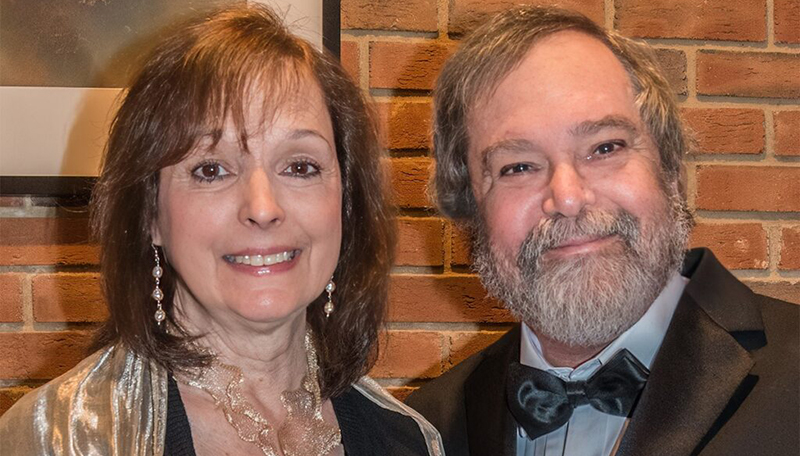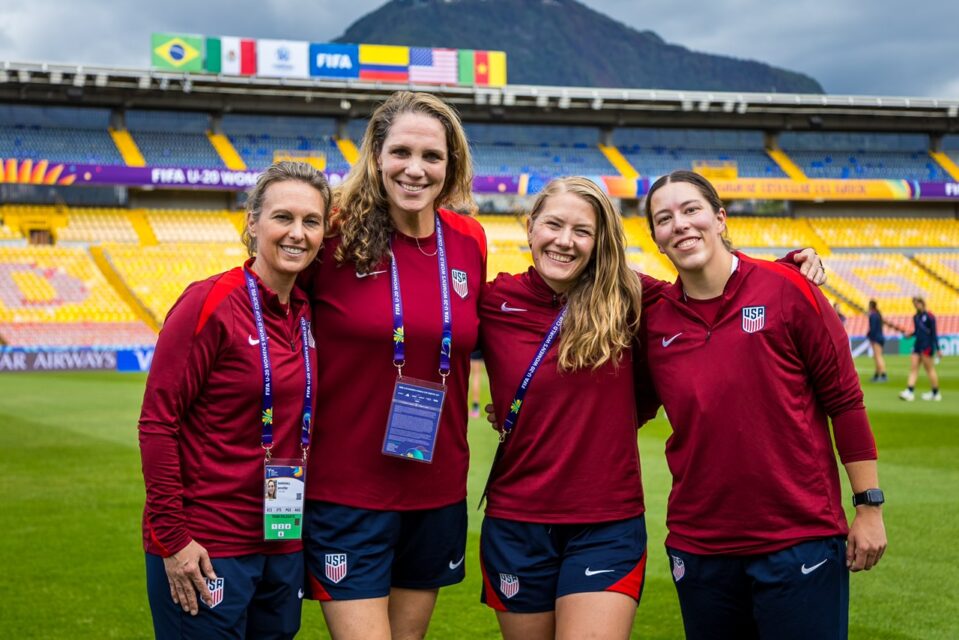
Philanthropy in Action:
Norman Soskel, MD
Norman Soskel, MD '74, and his wife, Judith Barrie, made an impact through an estate gift that supports scholarships for students at the UVA School of Medicine and for biology majors in the College of Arts & Sciences
As a teenager in Tidewater, Virginia, Norman Soskel, MD ’74, applied to UVA, William and Mary, the University of Richmond—and the Cincinnati Conservatory of Music. He’d been playing piano since he was eight years old. But when he learned Cincinnati would not allow him to enroll in a pre-med course of study alongside his music education, he decided to stay in Virginia and attend UVA.
“UVA opened up doors for me,” said Soskel. “My first year, Howard Hamilton—a world-renowned embryologist—taught introductory biology. He was very impressive.” Soskel went on to declare a biology major, took Hamilton’s embryology course, and recruited enough interested students for Hamilton to teach a histology course. “The chairman of biology at the time gave us 1000 bucks towards the class, which was a lot of money at the time. It bought us a set of slides we could use for the course.”
Hamilton and chemistry professor Alfred Berger wrote letters of recommendation for Soskel’s application to the School of Medicine. “So UVA helped me get into UVA again,” he said. After graduation he moved to New Haven, Connecticut, for his internship, and it was there he met his wife, Judith Barrie. Medical School professor Gerald Mandell helped Soskel secure an internal medicine residency at the VA hospital in Salem, which was affiliated with UVA, and Soskel was able to complete his residency electives at the University. “We moved to Crozet, to a little house there,” he said. “You had to cook your dinner early,” remembered Barrie, “because if you started at five o’clock, the power would shut down because everyone was cooking at the same time.”
Barrie had recently earned her master’s in education at Radford University. She worked in the school system in a program for nontraditional students. “My oldest student was a 72-year-old grandmother who came to me to learn to read. She brought two Golden Books and the Bible, and at the end of the semester was reading all three to me.” The former chief of pulmonary at UVA encouraged Soskel to accept a pulmonary fellowship at the University of Utah. He worked in academic medicine for twelve years, teaching at the University of Utah and University of Tennessee medical schools, then went into private practice.
As an undergraduate, Soskel enjoyed taking photos of Grounds and hosted a classical music show on WTJU. “I really liked being on Grounds. I loved the fact that there was this honor code—the idea that you could drop your wallet on the Lawn and come back and nobody would have touched it,” he said. “And I love how people got dressed and wore suits to class every day, or at least a jacket and a tie. It was just the way you did it,” he said. “I still have my blue UVA blazer with UVA buttons on it.”
Art and music remain an important part of the couple’s lives. They create encaustic paintings, an ancient technique using hot wax. Soskel’s photos cover the walls of the printmaking and painting studio he built above their garage. And he still plays piano. “It’s difficult now, though,” Soskel said. “We have three mini dachshunds who howl when I play. They want to sing along.”
Soskel and Barrie knew they’d be able to make a greater impact on future University students with a gift through their estate. “We wanted to leave enough to give a decent scholarship, and for the fund to grow a bit.” Their gift will support Soskel Barrie Scholarships at the School of Medicine and for biology majors in the College of Arts & Sciences. “I’m really excited because my field has always been up through twelfth grade,” said Barrie. “To be able to do something in this regard beyond the twelfth grade, for me it’s like a legacy.”
(This story originally appeared in the Cornerstone Society’s Leaders in Philanthropy newsletter.)


